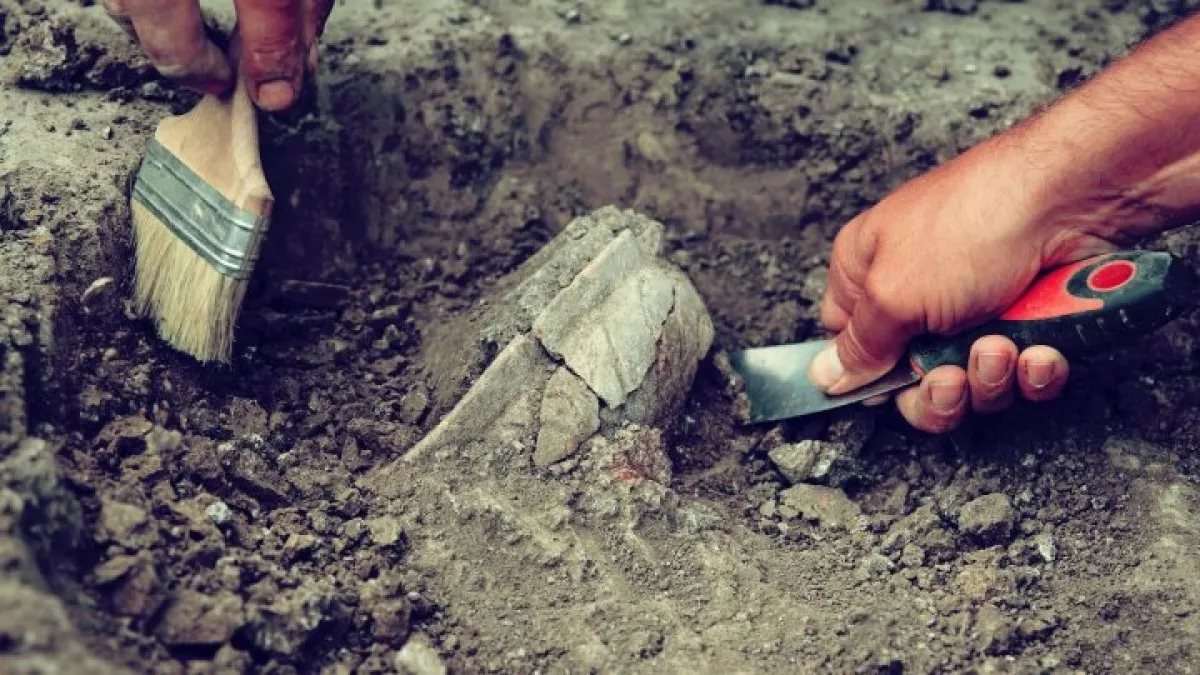
As a result of the collaborative efforts of Turkish and Uzbek archaeologists, significant discoveries have been made in the ancient city of Shahruhiya near Tashkent. This was reported by Upl.uz.
This project, which started in 2024, was the first major step in studying the common cultural heritage of Turkic peoples. The research is being conducted in collaboration with the National Archaeology Center of the Academy of Sciences of Uzbekistan, the Turkish Historical Society, and the TİKA agency.
The goal is to uncover the secrets of the city of Shahruhiya. This city was located at an important crossroads of the Great Silk Road approximately two thousand years ago.
The excavations are being led by Associate Professor Yıldırım Bayazıt Tuba Tombulogʻlu from Ankara University. The project involves a team of 14 specialists from Turkey, as well as Uzbek archaeologists, historians, anthropologists, and biologists.
They are studying the remains of the city, aiming not only to restore its history but also to protect it from further deterioration. In the future, Shahruhiya may be included in the UNESCO World Heritage list.
Shahruhiya was established around 2000 years ago and became a center of craftsmanship and trade in the 9th to 12th centuries. Metallurgy, glass production, and coin minting were actively developed.
Archaeologists have discovered remnants of defensive structures from the time of Amir Timur, as well as forms related to military arsenals – headgear and armor. There are also everyday items that help understand the way of life.
Particular attention was paid to graves dating back to 1560. Analysis of skeletal remains provides information about the diet, lifestyle, and diseases of the city's inhabitants.
According to the expedition leader, Shahruhiya was an important strategic point for the Timurids' army in past centuries. It is known that Amir Timur stopped here during his last campaign.
Despite being partially ruined, one-third of the city has been preserved and is open for research. Scholars hope that their work will contribute to a deeper understanding of the region's history and the transmission of heritage to future generations.
The project is planned to last several years, and its results may change perceptions of Shahruhiya's place in Central Asian history. Along with archaeological finds, specialists are also analyzing soil and materials, which will help restore the ecological conditions of that time.
This allows for the identification of the impact of natural factors on the city's development. In the future, scholars plan to create a digital reconstruction of Shahruhiya, showcasing its appearance during its flourishing period.
Shahruhiya was named after Amir Timur's son, Shahruh, and was not only a trade center but also a place where coins bearing the images of rulers were minted. This indicates its economic and political significance during the Timurid era.






